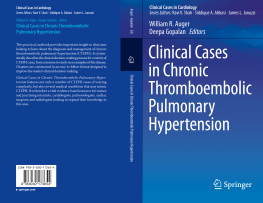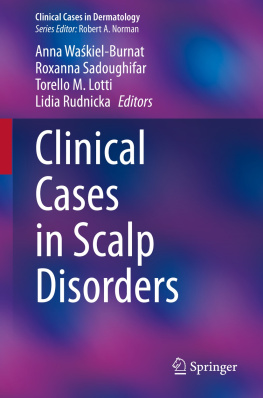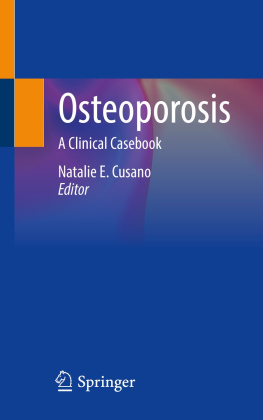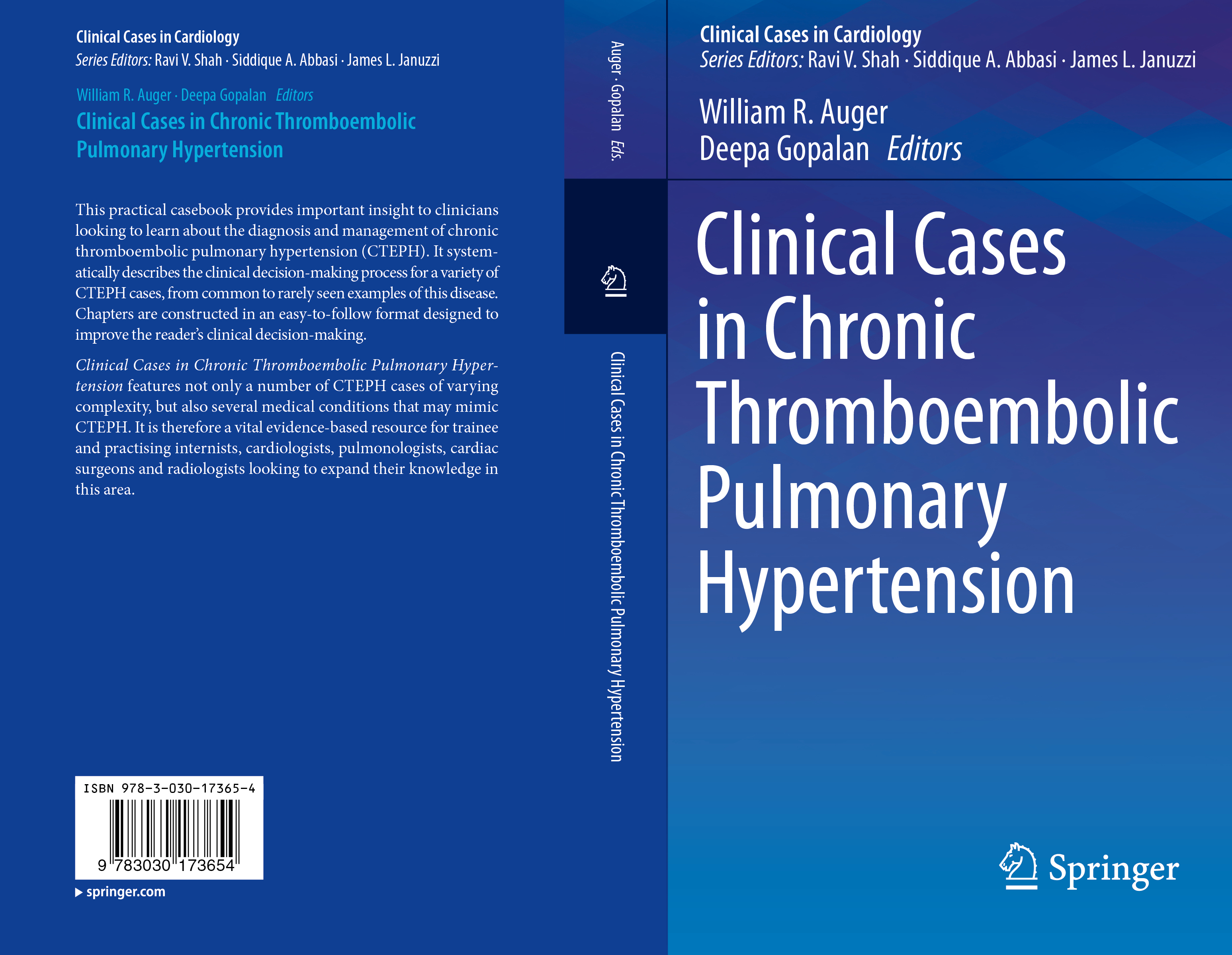Clinical Cases in Cardiology
Series Editors
Ravi V. Shah
Boston, MA, USA
Siddique A. Abbasi
Providence, Rhode Island, USA
James L. Januzzi
Boston, MA, USA
Clinical cases are a key component in modern medical education, assisting the trainee or recertifying clinician to work through unusual cases using best practice techniques. Cardiology is a key discipline in this regard and is a highly visual subject requiring the reader to describe often very subtle differences in the presentation of patients and define accurately the diagnostic and management criteria on which to base their clinical decision-making.
This series of concise practical guides is designed to facilitate the clinical decision-making process by reviewing a number of cases and defining the various diagnostic and management decisions open to clinicians.
Each title will be illustrated and diverse in scope, enabling the reader to obtain relevant clinical information regarding both standard and unusual cases in a rapid, easy to digest format.
More information about this series at http://www.springer.com/series/14348
Editors
William R. Auger and Deepa Gopalan
Clinical Cases in Chronic Thromboembolic Pulmonary Hypertension
Editors
William R. Auger
Lewis Katz School of Medicine, Temple University, Philadelphia, PA, USA
Deepa Gopalan
Department of Radiology, Imperial College Hospitals, London, UK
ISSN 2523-3009 e-ISSN 2523-3017
Clinical Cases in Cardiology
ISBN 978-3-030-17365-4 e-ISBN 978-3-030-17366-1
https://doi.org/10.1007/978-3-030-17366-1
Springer Nature Switzerland AG 2020
This work is subject to copyright. All rights are reserved by the Publisher, whether the whole or part of the material is concerned, specifically the rights of translation, reprinting, reuse of illustrations, recitation, broadcasting, reproduction on microfilms or in any other physical way, and transmission or information storage and retrieval, electronic adaptation, computer software, or by similar or dissimilar methodology now known or hereafter developed.
The use of general descriptive names, registered names, trademarks, service marks, etc. in this publication does not imply, even in the absence of a specific statement, that such names are exempt from the relevant protective laws and regulations and therefore free for general use.
The publisher, the authors, and the editors are safe to assume that the advice and information in this book are believed to be true and accurate at the date of publication. Neither the publisher nor the authors or the editors give a warranty, expressed or implied, with respect to the material contained herein or for any errors or omissions that may have been made. The publisher remains neutral with regard to jurisdictional claims in published maps and institutional affiliations.
This Springer imprint is published by the registered company Springer Nature Switzerland AG.
The registered company address is: Gewerbestrasse 11, 6330 Cham, Switzerland
Preface
It might be best to first acknowledge the origins of Clinical Cases in Chronic Thromboembolic Pulmonary Hypertension . Having seen thousands of chronic thromboembolic disease cases over the years, it has always been instructive as to the diagnostic challenges presented by these patients. The questions that remain in our understanding of the natural history of this disease, the non-specific nature of the clinical presentation, and the often indistinguishable exam findings between CTEPH and other forms of pulmonary hypertension make an understanding of the evaluation algorithm and the reliance on diagnostic studies a critically important element in ultimately establishing the diagnosis of chronic thromboembolic disease or CTEPH. Consequently, this book focuses not on an overall review of CTEPH as a discipline but rather provides a number of case vignettes, each illustrating an important teaching point that a clinician might find helpful when evaluating a patient suspected of having CTEPH. Each case is an actual patient presentation referred for endarterectomy surgery; the book is proportioned to present patients who actually exhibited typical cases of chronic thromboembolic disease, those with clinically challenging cases, as well as several examples of CTEPH mimics. It is our hope that this book will provide a helpful diagnostic road map for the clinician.
Chronic thromboembolic pulmonary hypertension (CTEPH) is a form of pulmonary hypertension that results from incomplete or non-resolution of a pulmonary embolic burden within the proximal pulmonary arterial bed. Though the initial embolic event can be relatively silent in some patients who will ultimately develop CTEPH, many patients progress to established disease despite the acute event being recognized and despite an appropriate course of antithrombotic therapy having been prescribed. The mechanism of transition between acute and chronic thrombosis is incompletely understood, as are the risk factors in any one individual [1]. Complicating matters is that the obstructive component due to organized thrombus is but a piece of the entire clinical picture. The development of a precapillary vasculopathy and the establishment of systemic collateral circulation feeding the pulmonary vasculature are also considered operative in the establishment of the pulmonary hypertension one sees in this disease [2, 3]. This complex interplay contributes not only to the variability in clinical presentation but also to a range of radiographic presentations dependent on where any individual is in the course of their chronic thromboembolic disease. The pathology drives the radiology, and an understanding of this is critically important to the diagnostician.
Considered to be a rare disease, the actual prevalence of CTEPH worldwide has been difficult to determine [4]. Even less is known when considering chronic thromboembolic disease (CTED), which is the presence of persistent, unresolved thrombus in the absence of pulmonary hypertension or right heart compromise [5]. The non-specificity of presenting cardiopulmonary complaints, the variability in time course for disease development, and the wide range of patient populations that can be affected account for some of the gaps in our understanding of the epidemiology. But equally as important, if not more so, are the difficulties with disease recognition radiographically. Confusion as to the utility of ventilation-perfusion scintigraphy, unappreciated pulmonary vascular and parenchymal perfusion findings by CT, and poorly understood pulmonary angiographic patterns in patients with established CTEPH contribute to the underdiagnosis of this disease. Difficulties with the distinction between acute, acute-on-chronic, and chronic thromboembolic disease and the misinformation about CTEPH mimics further lend to the confusion.
CTEPH is unique among other causes of pulmonary hypertension as it is potentially possible to obtain a complete cure in selected patients, particularly with early intervention.
Imaging is pivotal for ensuring that the appropriate diagnosis is made at an opportune time [6]. The primary goal of imaging is to confirm the presence of CTEPH and evaluate the right heart function, while the secondary goal is to delineate the distribution of the disease as a means to determine the most appropriate therapeutic option. A single imaging technique is unlikely to provide all the requisite information, and therefore, multimodality imaging is widely used in clinical practice.












